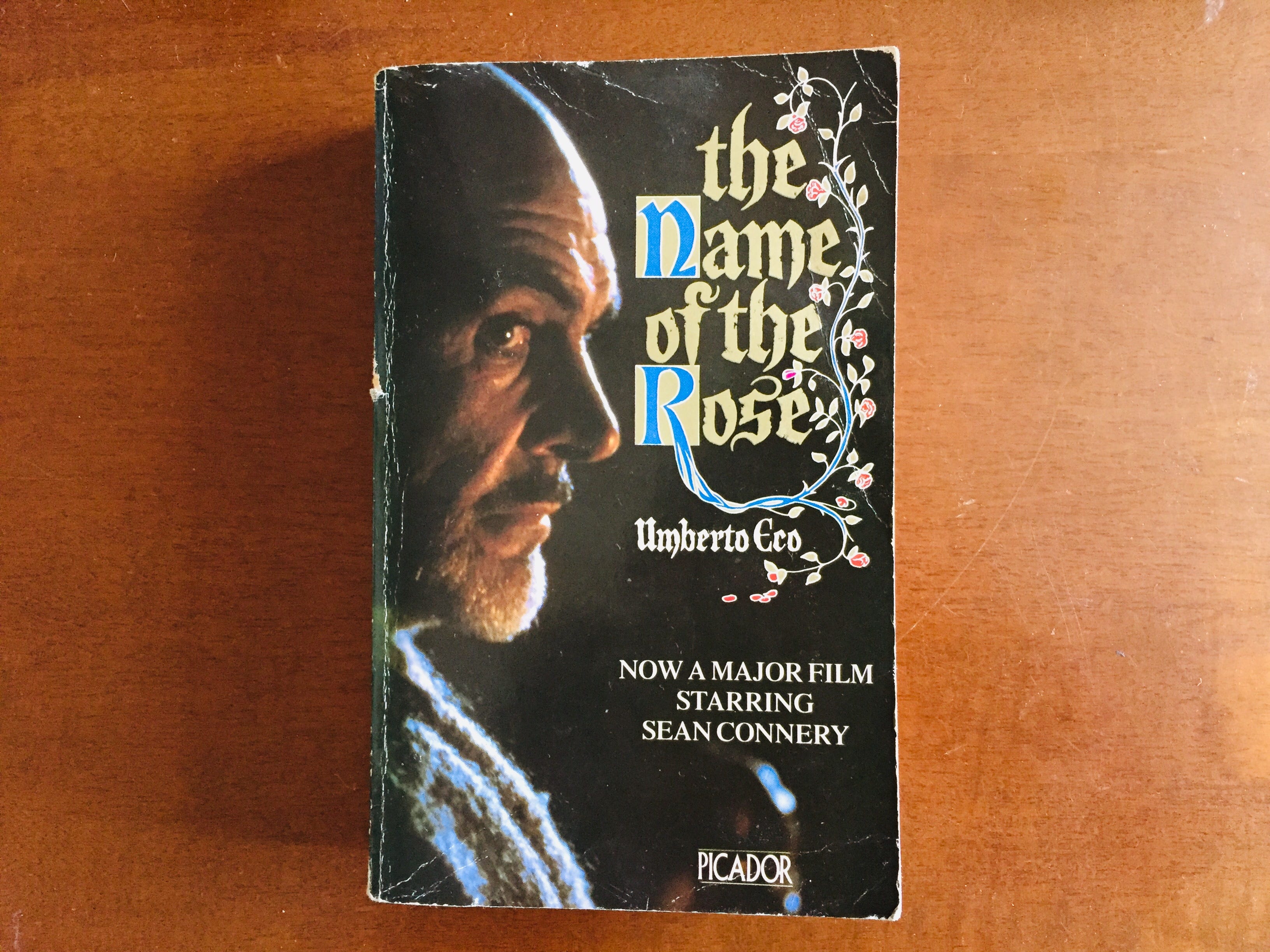Perceiving The Divine Through Poetic Imagination (with Umberto Eco's The Name Of The Rose)
FOOSTEPS IN THE SAND | THE NAME OF THE ROSE
Umberto Eco's first novel is the medieval monastic murder mystery The Name of the Rose. In this passage the protagonist William of Baskerville (who is a tribute to Sherlock Holmes, his sidekick and point of view/narrator character Adso of Melk plays the part of Watson) engages in a debate with another monk over the nature of reality and perception in sp…
Keep reading with a 7-day free trial
Subscribe to Beautifully Broken to keep reading this post and get 7 days of free access to the full post archives.




